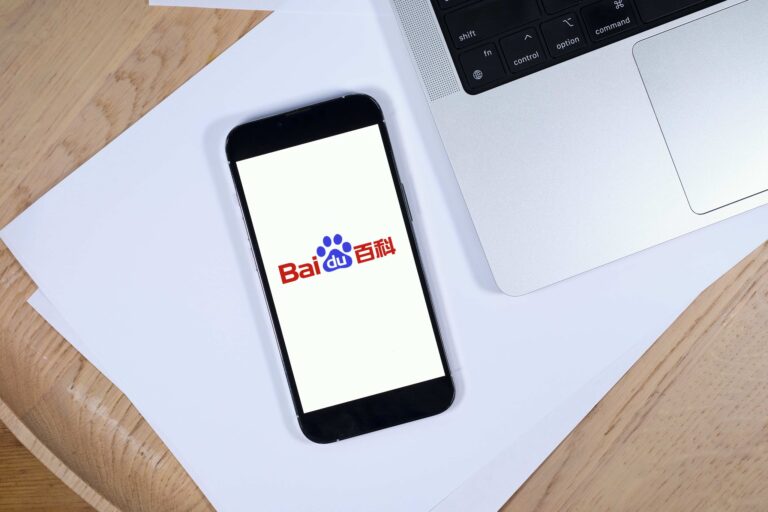Solving the ‘Last Mile Problem’ in Knowledge Management from AI Vendors for Improved Efficiency
The Challenges of Knowledge Management: Overcoming the Last Mile Problem
HTML Subheadings:
1. Introduction to the Last Mile Problem
2. The Emergence of Knowledge Management
3. Last Mile Challenges in Knowledge Management
4. Solutions for the Last Mile Problem
Introduction to the Last Mile Problem
The concept of the “last mile problem” is recognized across industries as the challenges faced in delivering products or services to end-users. Although commonly associated with telecommunications and transportation, its application extends far beyond these domains.
The Emergence of Knowledge Management
In the realm of Knowledge Management, the emergence of the last mile problem is evident with the widespread impact of technologies like ChatGPT. Vendors such as OpenAI and Microsoft have developed APIs and tools for developers to create innovative applications, leading to experimentation and implementation of solutions by Fortune 1000 IT departments.
Last Mile Challenges in Knowledge Management
The possibilities presented by available APIs and services have revolutionized knowledge repositories. However, Knowledge Management encompasses more than just internal datasets and generative APIs. Enterprises face significant last mile challenges in Knowledge Management, with different business units having distinct needs and data sets. Additionally, support and adaptation to specific business needs are critical aspects of the last mile problem.
Solutions for the Last Mile Problem
Enterprise Knowledge Management vendors specialize exclusively in KM and offer a wide range of data connectors that seamlessly integrate with various enterprise technologies. Collaboration between internal IT resources and external vendors is crucial to navigating the complexities of the last mile problem effectively.
Additional Information:
– As the technological landscape evolves, features and functions must be tailored to meet the specific needs of each business unit.
– Enterprises should either possess internal IT resources or collaborate with approved vendors offering vertical market solutions for seamless integration with existing enterprise technologies.
– Collaborative efforts between internal IT resources and external vendors enhance productivity and efficiency in the knowledge-driven landscape.
By leveraging the strengths of both, enterprises can successfully overcome the challenges of the last mile problem and unlock the true transformative potential of Knowledge Management in the digital era.







